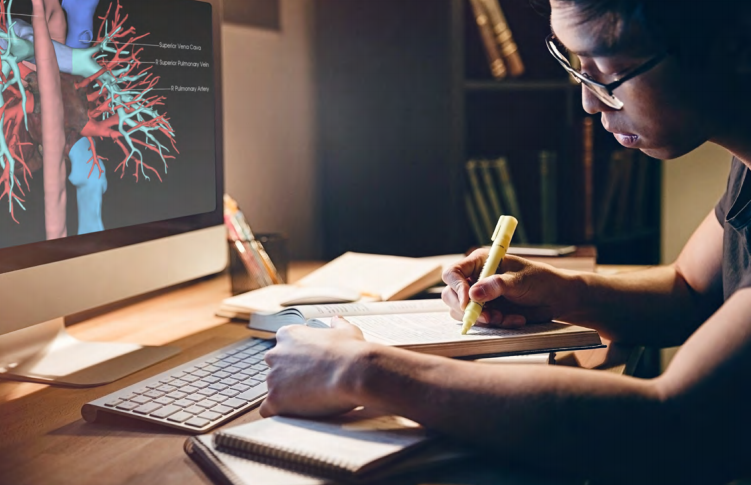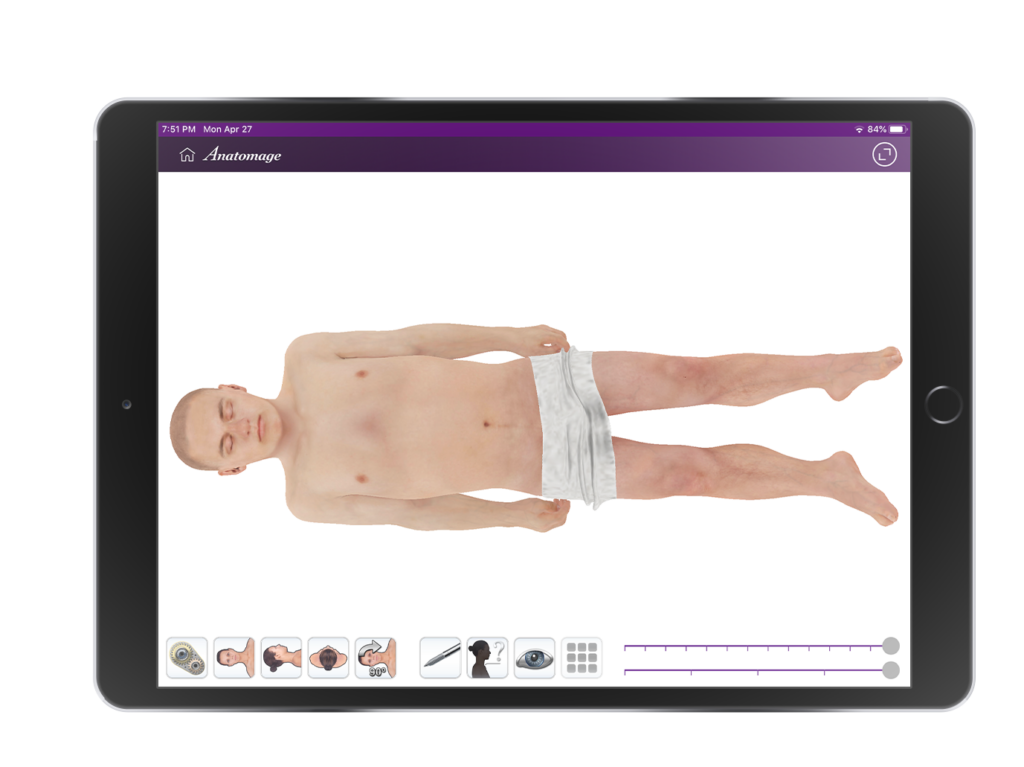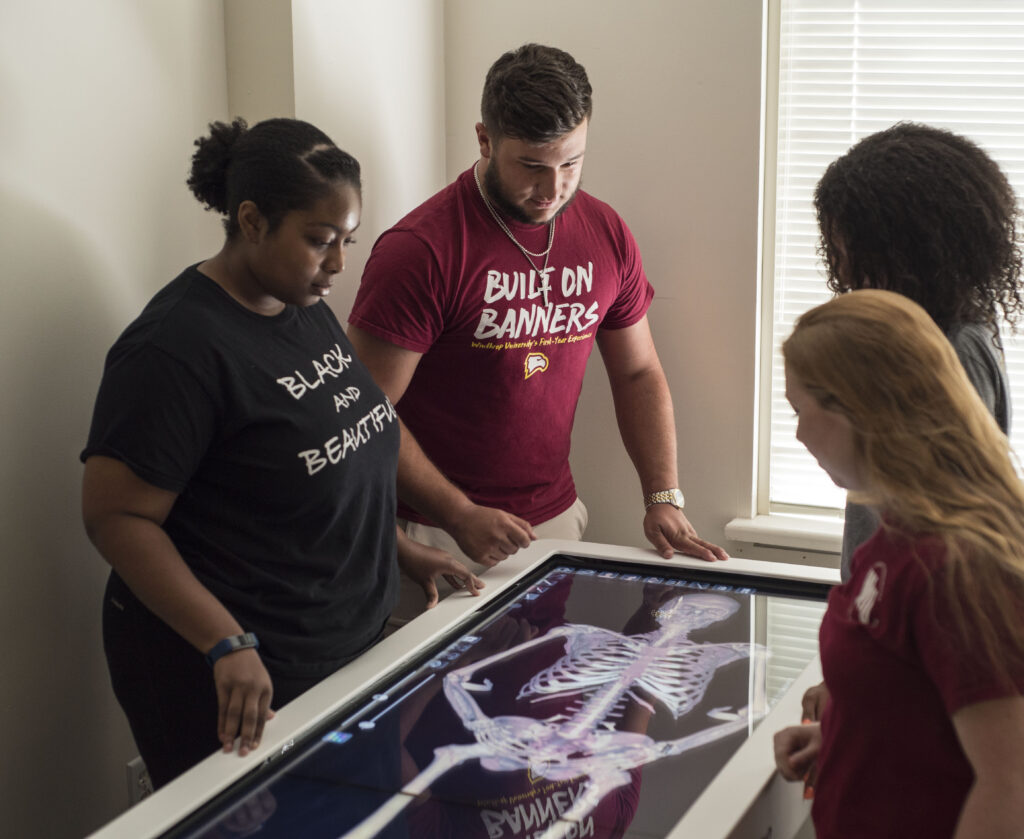
Anatomy & Physiology has already been a tough course before the wave of distance learning hits us. By nature, the course demands a tremendous amount of “hands-on” learning experience, some of which are often acquired through in-person anatomy laboratory sessions. Following social distancing procedures, we’ve witnessed the adverse consequences caused by the inaccessibility to cadaver labs and developed a disregard for the perks of distance learning.
Tracing back to the timeline of COVID19, the surge of overwhelming fear and anxieties around distance learning has been reported at the very beginning. Worries over disconnection, learning disruption and digital illiteracy used to be among the top concerns.
These trends, however, are evolving.
According to a recent article published by The Verge, one of the teachers’ biggest fears about reopening is dying. Simultaneously, a survey conducted by Gallup highlights that teachers have gradually come to prefer distance teaching after observing that 57% of teachers had expressed concern about COVID-19 exposure.
With the paradigm shifted to embrace e-teaching for safety, the unexpected potential of distance learning can be harnessed to turn virtual education into a great opportunity for Anatomy and Physiology students.
The Accessibility (and Convenience) of Online Anatomy Learning Materials
Since early March, school closing has been the driving force behind the rise of virtual learning technologies. Many of them have bridged the gap to maintain student engagement.

But, keeping students motivated isn’t the only success. The accessibility to these digital platforms has created surprising benefits, from having more time to review the materials to tailoring the learning schedule to fit one’s lifestyle.
With the growth of these virtual technologies, Anatomy and Physiology students are enabled to digitally access a wide variety of learning materials – anywhere and anytime. Aside from digital textbooks, online cadavers are made available for their usage. Students no longer need to depend on the lab’s availability to examine gross anatomy models or walk to the campus library to borrow reference books. This level of convenience is helping A&P students to reclaim their most valuable resource – time.
Develop Autonomous Anatomy and Physiology Learning Skill
As remote classes make time for additional learning, students are able to do further reading, improve their medical literacy, or practice their dissection skills online. Self-directed learning software like the Anatomage Table Companion app is a beneficial tool for students to review anatomy concepts after their online classes. Tapping on the cadaver to reveal its inner anatomical structures can visually reference the anatomy concepts.
With its interactivity technology, the app has successfully kept students engaged while learning about the human body. Though touted for the convenience, many 3D anatomy apps still fail to deliver the comparable learning experience that can be achieved by gross anatomy labs.
Virtual Anatomy Lab Right At Home
Right when the news of school closing circulated, our teams at Anatomage had quickly come up with a solution to prevent the academic regression in anatomy education. We extended the accessibility of our Anatomage Table’s content to distance learning participants.
Called TableOnCloud, the program enables online access to the Anatomage Table’s latest software (Table 7). Students can remotely control and virtually dissect the 3D cadavers as well as reviewing the regional anatomy and pathology files to enhance their learning.
A user used TableOnCloud to explain the heart anatomy Fast forward to the past couple of months, another innovation accelerating virtual learning has been formed. Our teams recently introduced Anatomage eBook, a hi-tech A&P learning platform that provides visual and textual guidelines to human anatomy and physiology concepts.
Using the Anatomage eBook, students can interact with anatomical structures while reviewing the annotations. Medical school level materials such as prosection activities and interactive CT cases are also integrated to further student understanding of the human body.

Coping with the limited availability of in-person gross anatomy labs, students and teachers can insinuate a virtual anatomy lab atmosphere right at home using these mentioned platforms. This at-home anatomy lab setup is an ideal solution for students who prefer to study late at night, adjusting their learning schedule to maximize efficacy.
Leveraging these technologies, the online learning experience for A&P students can be further enhanced to produce the most satisfying academic outcomes.
Currently, we are offering two-week free trials of the Anatomage eBook for instructors. If you’re interested, please contact us here.



